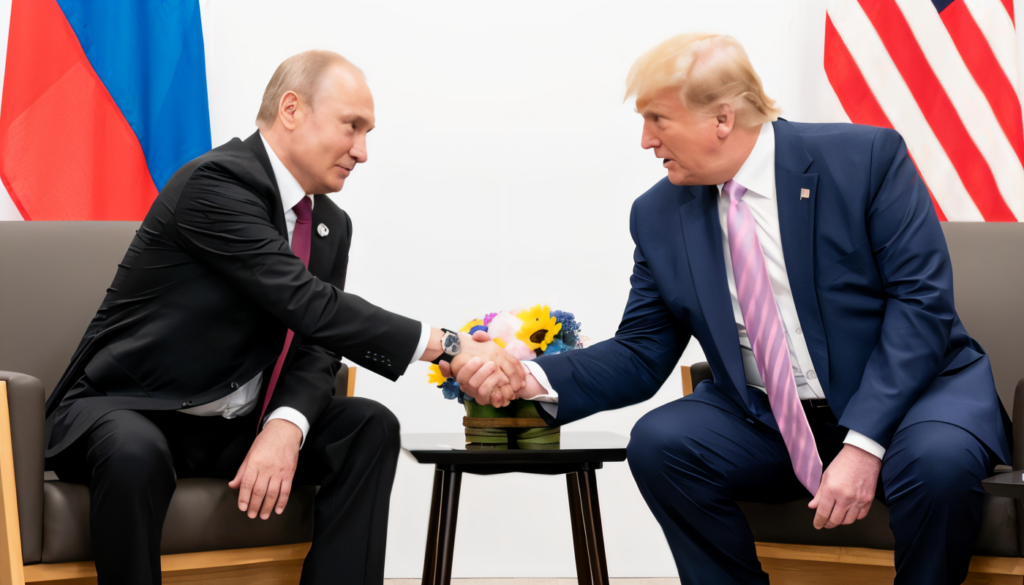
Donald Trump’s efforts to secure a quick end to the ongoing conflict in Ukraine have faced significant obstacles. Although he initially promised to end the war shortly after taking office, his strategies are proving more complex than expected. Here’s why Trump is struggling to bring about a fast ceasefire.
1. Trump’s Diplomacy Approach Is Facing Hurdles
Trump’s belief that personal diplomacy can resolve international conflicts has been put to the test. His talks with Russian President Vladimir Putin, including two high-profile phone calls, have not led to the desired results. Although Trump hoped to broker a 30-day ceasefire, these conversations have failed to yield significant breakthroughs. Putin’s response has been slow, with only a temporary promise to cease attacks on Ukrainian energy infrastructure, which was quickly broken.
2. Putin’s Stubborn Negotiation Tactics
Vladimir Putin has shown no urgency in pushing for peace talks. In a recent press conference, Putin emphasized that any talks must address what he sees as the core issues, such as NATO’s expansion and the very existence of Ukraine. His refusal to compromise on these points has led to stalled negotiations. While Trump’s diplomacy has been an attempt to resolve the situation, Putin’s resistance is making progress slow.
3. The Misstep in Focusing on Ukraine
Trump’s initial strategy was to pressure Ukrainian President Volodymyr Zelensky to negotiate, underestimating Ukraine’s position in the conflict. The confrontation between Trump and Zelensky in the Oval Office caused diplomatic tension and delayed progress. While Zelensky is committed to defending his country’s sovereignty, the US and Ukraine’s strained relationship only complicates the path to peace.
4. Complications of the Ceasefire Logistics
The logistics of securing a ceasefire have turned out to be far more complicated than Trump anticipated. While Ukraine initially proposed a ceasefire in specific regions like air and sea, the US insisted that it should extend to the entire 1,200 km front line in eastern Ukraine. This requirement has complicated efforts to monitor and verify the ceasefire, delaying negotiations even further.
5. Economic Interests Diverting Focus from Peace
Trump’s push for economic agreements, including US access to Ukraine’s critical minerals, has raised concerns that his focus on economic benefits is detracting from the primary goal of achieving peace. While Zelensky agreed to an economic deal without security guarantees from the US, the agreement remains unfinished, further prolonging the process.
Conclusion
Trump’s attempts to quickly end the war in Ukraine are facing several significant obstacles. From diplomatic failures and Putin’s resistance to the logistical complexities of a ceasefire, it’s clear that resolving the conflict will take more time and careful negotiation. Despite these setbacks, Trump’s push for peace continues, but a quick resolution may be far from reality.
